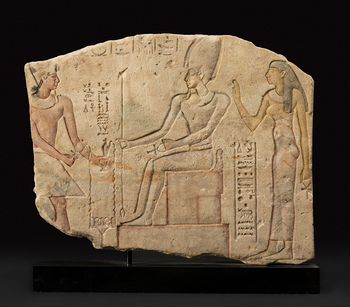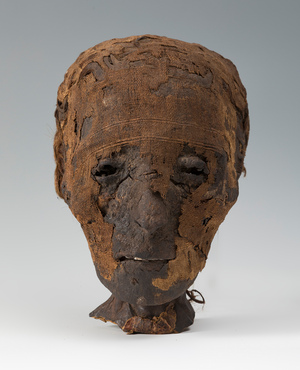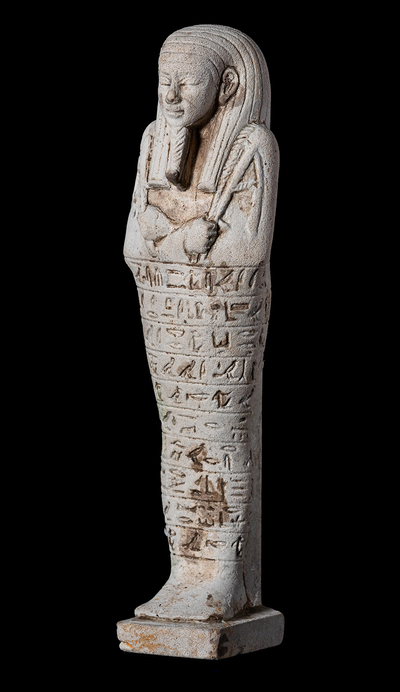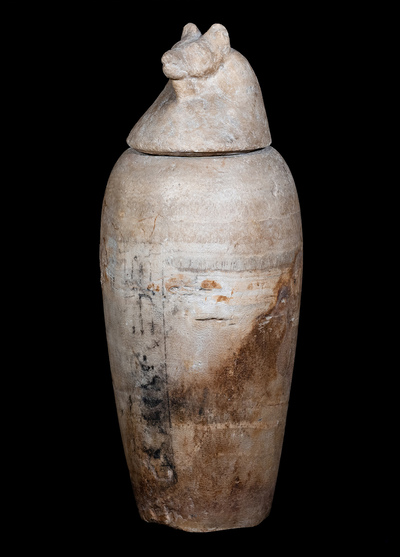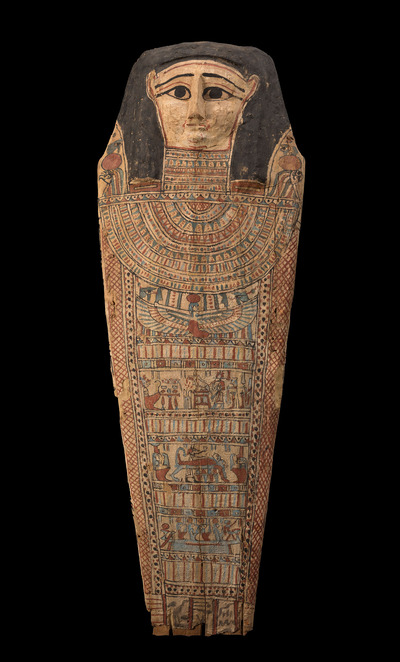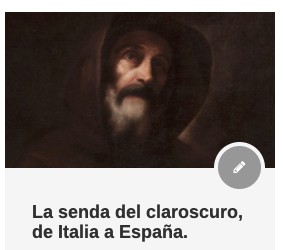The journey to eternity in ancient Egypt
Egypt could not be understood without its vision of the Hereafter, the search for eternity after death. Much of the testimonies that have come down to us are a reflection of that idea of life. Religion regulates this aspiration, the ancient beliefs of the Egyptian civilization direct man to prepare his whole life for the journey that awaits him. Every deed he does will be judged at the judgment of Osiris.

The pharaohs act as intermediaries between the gods and the people, the pharaoh as the living incarnation of the god Horus. An example of this is seen in the scene of the following relief where Pharaoh Ptolemy presents himself as ruler of the Two Lands and offers a libation to Osiris and Isis. His divine status before the people made them unite under the command of the ruler to erect the great monuments of the nation, the pyramids, as tombs of the pharaohs, temples and religious centers.
The key question for an Egyptian was: What do I have to do to continue living when I am no longer in this world? There were multiple answers to this question. Unifying it in some way is summed up in that there has to be a connection between the current life and the future, that is, it was necessary to leave a positive mark in this world to continue in the next. On the one hand, the works that he had done would be judged, the deceased would have to have led a life aimed at good. On the other hand, on the material plane, he would have to leave his name and his legacy as witnesses of his passage, with the promotion of a chapel or work demonstrating his piety. If the name of the person lasted, his life would continue, hence it is inscribed with such insistence on grave goods and monuments.
Another aspect was to have the body preserved, which led to the art of embalming. A mummy like the following piece is an extraordinary example of medical knowledge and anatomy of more than three thousand five hundred years. The preservation of the organs in canopic jars, the custody of the body inside a sarcophagus or covering the deceased with bandages, perfumes and amulets respond to the same objective, to procure life for them. All these elements were an aid to survival on the journey that was beginning. For example, the ushabtis used to accompany the trousseau with which the person was buried, these small figures would be their assistants. These would do the tasks entrusted by Osiris in their lands, such as tilling them (that is why they usually go with a hoe).
The paintings that covered the walls of their dwellings for posterity represented them in the future daily life, assuming that it would occur. The faith that the same people demonstrated for more than three millennia has left as an echo works as extraordinary as these pieces that still continue to fulfill the same function for which they were created, to keep alive the memory of those people, the pharaoh Ptolemy or the anonymous egyptian princess.

